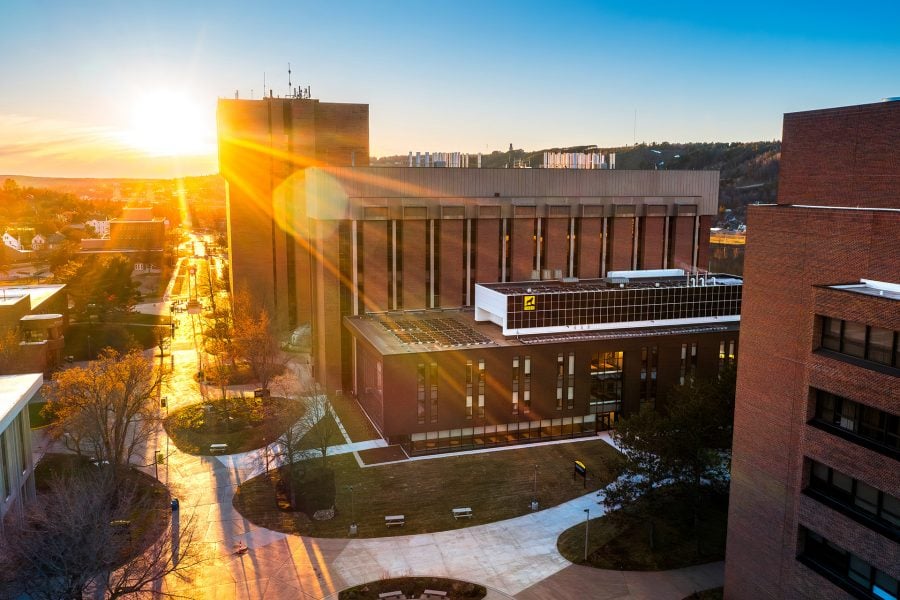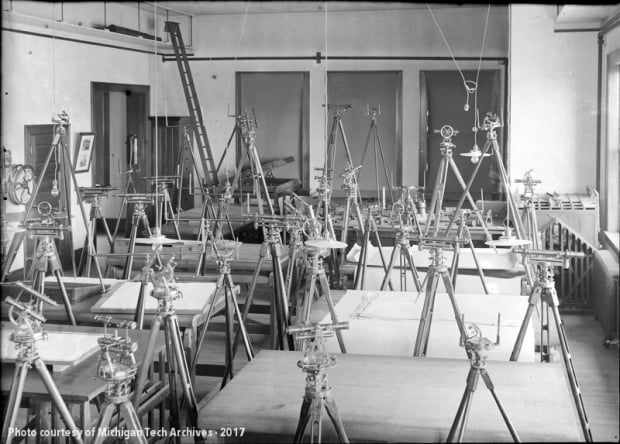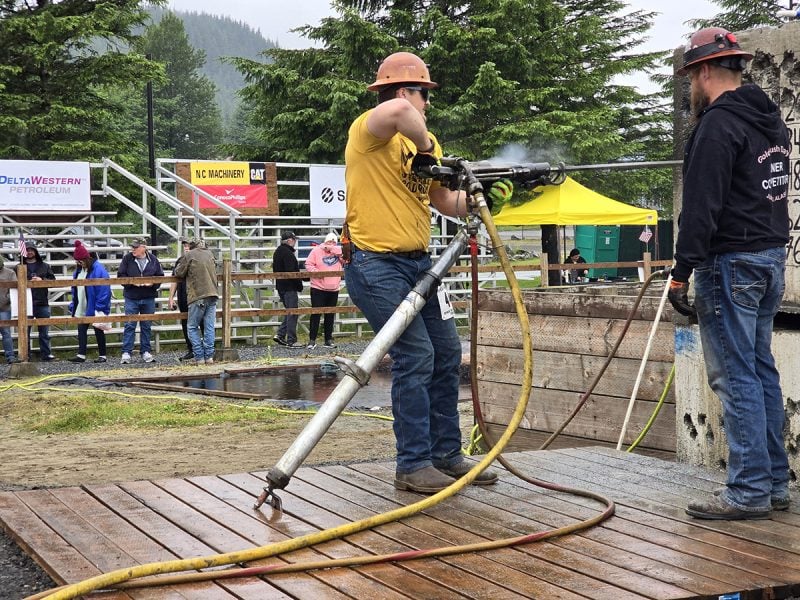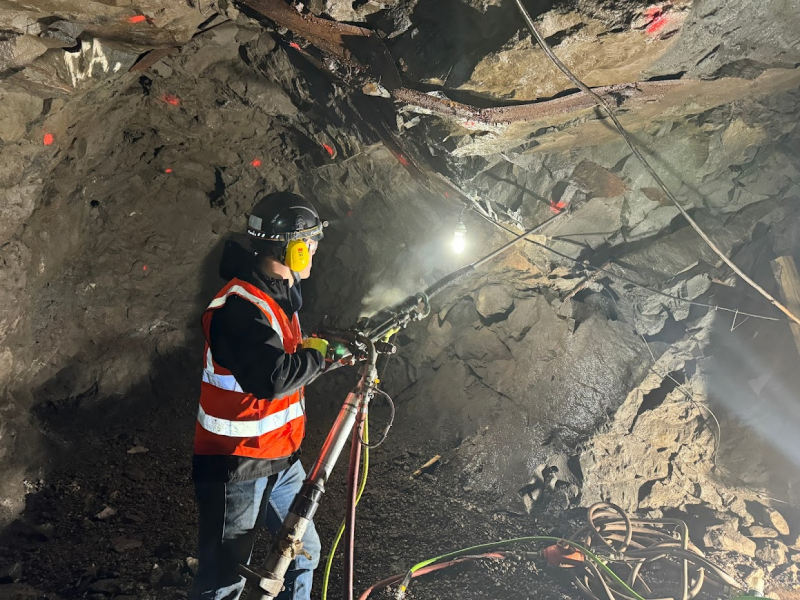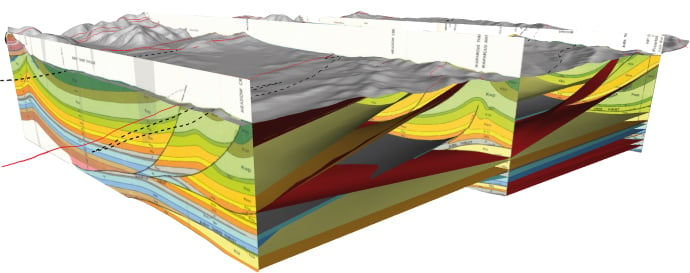
Michigan Technological University’s Department of Geological and Mining Engineering and Sciences (GMES) has received a generous donation from PE Limited, a global leader in petroleum engineering software. The $2,764,444.11 contribution consists of ten licenses for the state-of-the-art MOVE suite. This innovative software will be critical in advancing education and academic research by enabling cutting-edge structural modeling and minimizing risk in geological models.
GMES will install the MOVE software in a computer lab and integrate it into the curriculum, transforming structural geology education for undergraduate and graduate students. Courses like GE3050 Structural Geology, a requirement for GMES undergraduates, and graduate-level classes will leverage this powerful tool to enhance learning outcomes. Furthermore, MOVE will play a vital role in academic, non-commercial research on tectonics and structural geology, including mapping Michigan’s iconic Keweenaw Fault and other complex systems in the Upper Peninsula.
Dr. Aleksey Smirnov, Chair of the GMES Department, believes in the donation’s transformative impact. “This generous donation from PE Limited is a game-changer for our department,” said Dr. Aleksey Smirnov. It empowers our students and researchers to work with industry-leading tools, elevating their education and research to the next level.”
Since its founding in 1990, PE Limited has been developing software solutions for the oil and gas industry. PE Limited supports accredited universities offering advanced geology and petroleum engineering programs through its educational licensing program, fostering the next generation of industry innovators.
Learn more about the MOVE suite and its role in shaping geologic modeling excellence.


